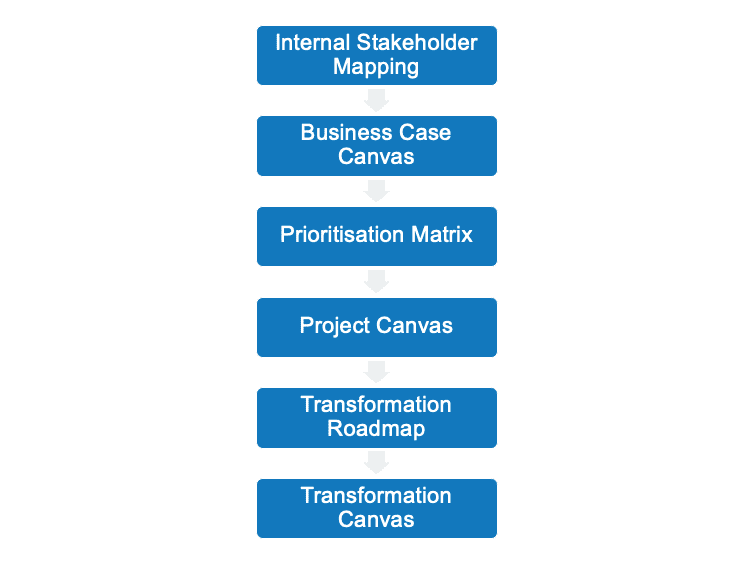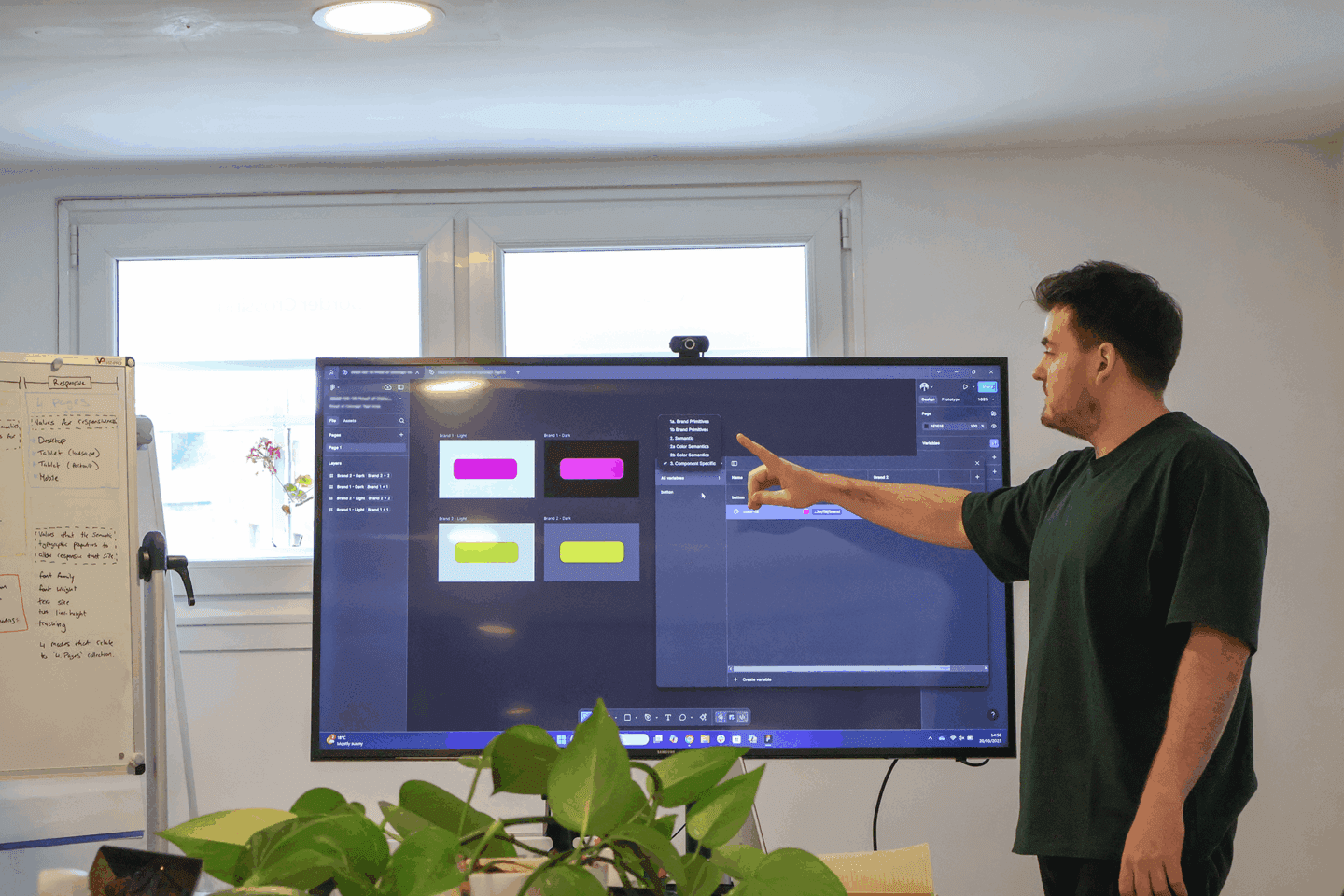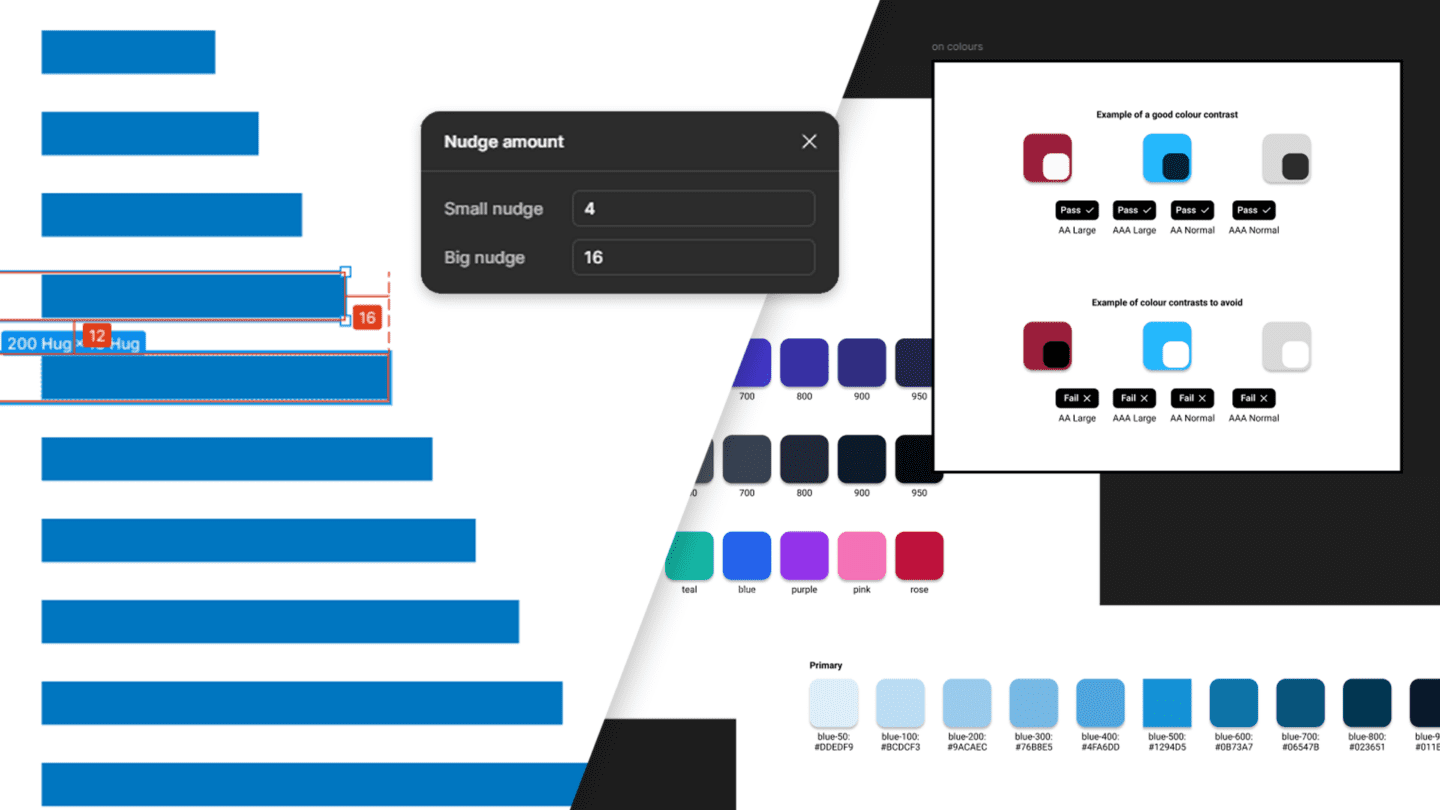Transformation projects are conducted by mature or larger organisations and generally refer to a programme of projects, that when delivered will have a transformational impact. By their nature these are high risk/reward and always involve a substantial investment of financial and intellectual capital.
So, why do them? Well, when current structures, systems, processes, tools or behaviours do not meet organisational needs a tipping point for change is reached. And because change in larger organisations can be a challenge – from a systems, process, people and culture perspective – this often stimulates a transformation project or process. As you cannot truly achieve transformational outcomes without addressing a myriad of stand-alone but inter-related and more often than not inter-dependent issues.
Hence departments are created, in-house and contracting resources are seconded, hired and charged with plotting and implementing this perilous journey to a better place. There’s no doubt that increasing the specialist skills and resources available will greatly increase the chances of getting the vast amount of things done. But this introduces a new problem – ensuring alignment throughout a programme of work that depends on the alignment of stand-alone teams working on stand-alone projects. Throw in on-boarding new people, responding to internal and external changes and pretty soon you are likely to be facing a challenge ensuring everyone is on the same page and working towards a shared goal.
Finding a better way
Adopting a user-centred approach helps bring clarity to transformation projects by ensuring a focus is maintained on people, and how they think, feel and act, throughout the process. Which in turn will have a positive influence on how we communicate, how we document our thinking and plans, and most importantly how we share and refine these deliverables with others.
Why? Because culture and circumstance play a huge role in transformation projects. What’s more, whenever we plan great changes, the changes we initially envision, always end up changing. As this is a reality – we have developed a transformation canvas that is designed to ensure the strategic and tactical documentation associated with your transformation is:
- Simple to consume
- Communicates a shared vision
- Stimulates critical thinking
- Easy to maintain and adapt (as things inevitably change)
- Focuses those involved on delivering valuable outcomes.

The Transformation Canvas
What is a transformation canvas?
A transformation canvas is a short-form document that clearly details the strategic intent and desired future-state your transformation programme is focused on achieving.
Why develop one?
A business transformation involves many parts and people, they also take time. This introduces relevance, accuracy, complexity and communication challenges. A transformation canvas reduces these risks by ensuring that critical strategic information is up-to-date, useful, shareable and actionable. Which in turn tends to increase awareness, understanding and engagement in the transformation process and most importantly fosters a shared sense of ownership in the future-state across a broader audience.
How to complete your canvas
In most instances it is highly likely that the information that you need to complete this canvas already exists in an alternative format. If it does, using this canvas will ensure this information is up-to-date and any key changes are clearly communicated.
If this information does not already exist, using this workbook will provide a simple framework for capturing, iterating and maintaining these key documents.
The ultimate aim of this canvas is to help you distil your key documentation down to what matters most. As the clearer and simpler your strategic and tactical documentation is – the easier it will be to consume, adapt and deliver.
This isn’t as simple as it sounds. Transformation programmes don’t just happen. They take an incredible amount of work and more often that not go through a rigorous internal review and sign-off process. This tends to result in reams of documentation – not all of which are relevant or kept up-to-date.
Yes, long-form and in-depth documentation will always be required when conducting a transformation project. But we believe developing and sharing a “live” short-form strategic overview (canvas and roadmap) that is updated as things change, alongside any longer-form documentation, ensures all parties involved are aware of and aligned on purpose and outcomes.
So, if you’re confronted with this scenario we recommend you facilitate a process to try and consolidate the information you have at your disposal into the transformation canvas templates provided. We guarantee reviewing and fitting the information you have to this template will help you and your team define a simple framework that clearly communicates the key strategic and tactical information you deem critical to ensuring alignment.
Starting from scratch?
If you have the blessing/curse of starting from scratch – we would always recommend commencing with a thorough internal needs and stakeholder analysis process. It is a high RoI activity as you can rapidly identify and on-board key stakeholders whilst validating assumptions or challenging the status quo.
Once this is complete business cases or project plans can be prioritised and translated into a roadmap that is focused on delivering the transformational outcomes required.
To assist with this we’ve developed a workbook that helps intrapreneurs, transformation specialists and business leaders facilitate this process. If you want to access our tips and templates on how to:
- Conduct internal stakeholder needs analysis
- Define standardised short-form business case and project canvas templates
- Prioritise competing business cases or projects effectively
- Define a transformation roadmap and canvas
If you’d like to access these resources please do not hesitate to contact us.


